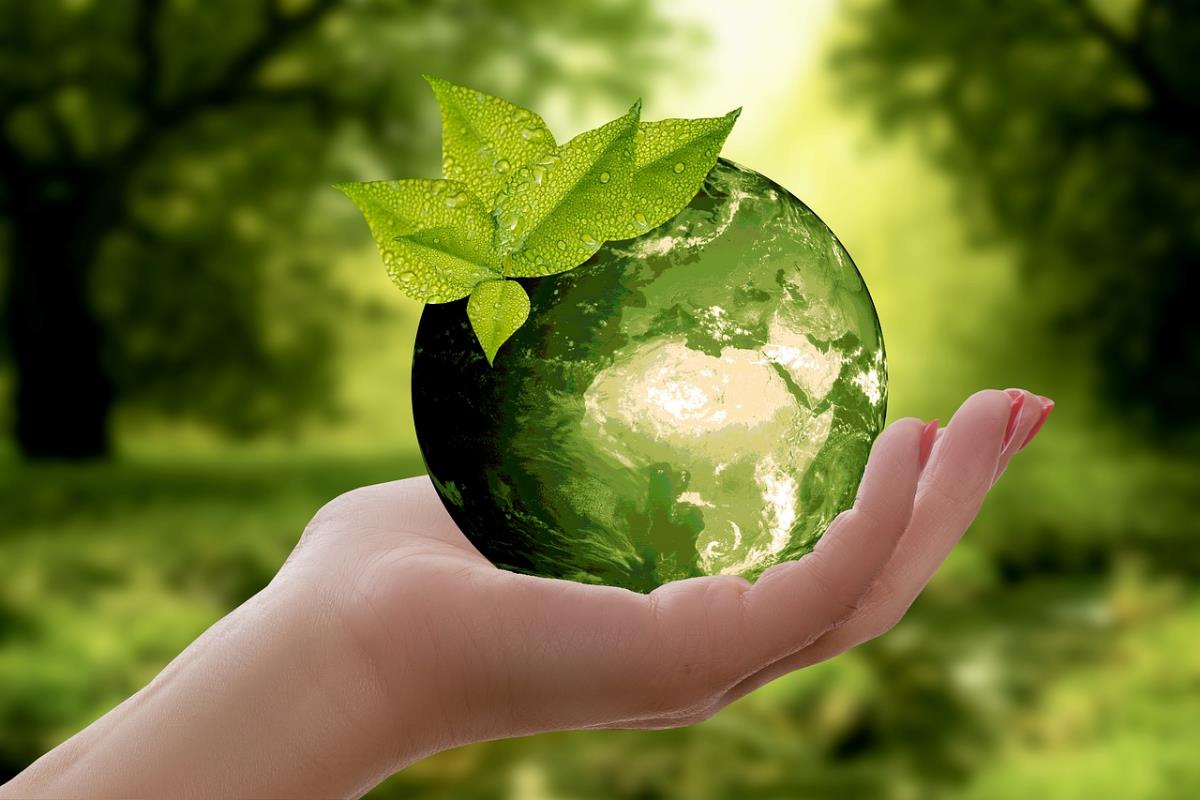Introduction:
Amidst the modern conveniences of our daily lives, a growing menace quietly infiltrates our surroundings – garbage. The ubiquitous presence of waste not only mars the aesthetics of our landscapes but poses a severe threat to the environment, creating a cascade of problems that demand urgent attention. In this blog, we delve into the escalating crisis of garbage and its profound impact on the environment.
1. The Escalating Crisis: Mountains of Garbage:
Garbage, in its various forms, has become an overwhelming presence in our cities and communities. Overflowing landfills, littered streets, and plastic-choked water bodies are stark reminders of the escalating crisis. The sheer volume of waste generated daily has reached unprecedented levels, creating environmental challenges that extend far beyond the visual eyesore.
2. Landfills: A Growing Burden on the Earth:
Landfills, the traditional method of waste disposal, have become burgeoning mountains of refuse. As these landfills expand, they release harmful gases like methane into the atmosphere, contributing to greenhouse gas emissions and exacerbating climate change. The environmental impact of landfills extends beyond their boundaries, affecting soil quality, water sources, and nearby ecosystems.
3. Plastic Proliferation: A Persistent Peril:
One of the most persistent and harmful components of garbage is plastic. The durability that makes plastic a convenient material also renders it a long-lasting environmental hazard. Single-use plastics, in particular, clog waterways, endanger marine life, and break down into microplastics, infiltrating ecosystems and posing a threat to both wildlife and human health.
4. Toxic Chemicals: Silent Threats in Our Waste:
Hazardous chemicals present in electronic waste and certain types of industrial waste pose a silent but potent threat to the environment. Improper disposal of such waste releases toxins into the soil and water, contaminating ecosystems and posing health risks to both flora and fauna, including humans.
5. Impact on Biodiversity: Habitat Destruction and Species Decline:
Garbage pollution directly impacts biodiversity by encroaching on natural habitats and disrupting ecosystems. The ingestion of plastic by marine and terrestrial animals can be fatal, leading to population decline and altering the balance of entire ecosystems. From the smallest organisms to apex predators, no species is immune to the far-reaching consequences of garbage pollution.
6. Water Pollution: A Grave Consequence:
Contaminated water bodies tell a tale of the environmental havoc wreaked by garbage. Improperly disposed-of waste, especially plastics, leaches harmful chemicals into water sources, jeopardizing aquatic life and compromising the quality of water for consumption. The ripple effect extends to humans, as polluted water sources pose a threat to public health.
7. Air Pollution from Incineration: A Double-Edged Sword:
Incineration, often considered an alternative to landfills, brings its own set of environmental challenges. While it reduces the volume of waste, incineration releases harmful pollutants into the air, contributing to air pollution and respiratory issues. Balancing waste management strategies becomes crucial to mitigate the impact on both air quality and the environment.
8. The Socioeconomic Burden:
Beyond the environmental consequences, the garbage crisis places a significant socioeconomic burden on communities. The management and cleanup of waste require substantial resources, diverting funds that could be invested in education, healthcare, and infrastructure. Additionally, the degradation of living conditions due to garbage pollution can lead to long-term economic challenges for affected regions.
9. Community Health Hazards: Living Amidst Garbage:
Communities residing near improperly managed waste disposal sites face severe health hazards. The release of toxic substances, the proliferation of disease vectors, and the overall degradation of living conditions contribute to a cycle of health challenges that disproportionately affect vulnerable populations.
10. The Urgent Call to Action:
The garbage crisis is not insurmountable, but addressing it requires a collective and urgent response. Governments, industries, communities, and individuals all play pivotal roles in finding sustainable solutions. From adopting responsible waste management practices to supporting innovation in recycling technologies, the urgent call to action reverberates at every level of society.
Conclusion:
The environmental threat posed by mounting garbage demands our immediate attention and concerted efforts. As we witness the ecological devastation caused by our waste, it becomes clear that the time for action is now. From reducing single-use plastics to embracing circular economy principles, the solutions exist, but their effectiveness depends on our collective commitment to change. Let us recognize the far-reaching impact of garbage on our environment and take proactive steps to ensure a sustainable and healthier future for our planet. The garbage menace can be conquered, but it requires a united front against the environmental perils it poses.




